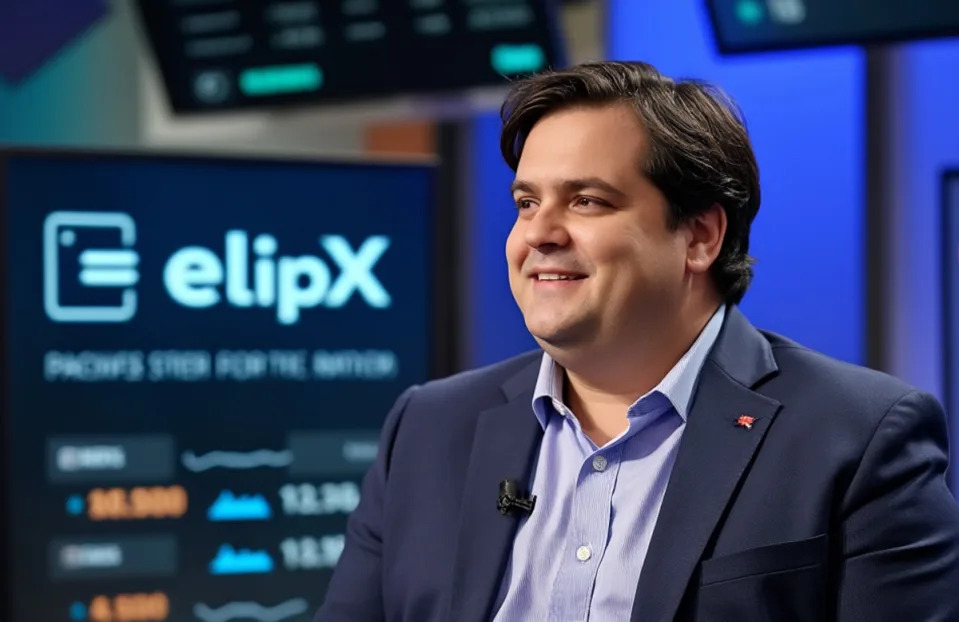
Gold has been on an impressive run toward the $3,000-an-ounce milestone, with a years-long buying spree by central banks and economic uncertainty tied to President Donald Trump’s policies leading the metal to outperform other asset classes so far this year.
Gold-mining stocks, meanwhile, have started to play catch up this year after lagging behind the metal’s climb in 2024.
Yet long term, despite record highs for gold futures, the metal has failed to keep up with the pace of lofty gains in bitcoin and the U.S. stock market.
“Gold typically does well when other assets do badly — most of all, when the stock market falls and keeps falling,” said Adrian Ash, London-based director of research at physical-gold marketplace BullionVault.
“But stocks right now are also knocking on record highs,” Ash noted. In his more than 25 years in the gold market, he said he’s “only seen gold and stocks move like this twice” — first in 2005 to 2007 on the eve of the global financial crisis, and in mid-2020 when “stimmy checks, zero rates and pandemic [quantitative easing] laid the groundwork for double-digit inflation.”
Year to date, futures prices for gold in New York GC00 have climbed more than 11%, as of Feb. 10, while the VanEck Gold Miners exchange-traded fund GDX climbed by nearly 24%. The S&P 500 stock index SPX, meanwhile, has edged up by over 3% so far in 2025, after marking a record-high close at 6,118.71 on Jan. 23.
While gold’s approach to the latest price milestone may be reason for bulls to celebrate, the metal’s performance isn’t quite as impressive if you look at how it’s performed since mid-2020. That marked the final months of Trump’s first presidency and gold’s rise past the psychologically important $2,000 mark.
As of Feb. 10, gold futures, based on the most active contract, have climbed 47.8% since July 31, 2020, when gold first traded above $2,000 on an intraday basis, according to Dow Jones Market Data.
That’s impressive compared with an 18% fall in the iShares U.S. Treasury Bond exchange-traded fund GOVT over that same period, but pales in comparison to a cumulative rise of about 761% for bitcoin BTCUSD and a total return of 98.7% for the S&P 500.
So few people are paying attention to gold’s rise to record highs, “let alone buying,” said James Turk, founder of precious-metals dealer Goldmoney CA:XAU XAUMF. “They are focused on what have been the hot markets like bitcoin and tech stocks. But this is not unique — it’s the way bull markets begin.”
Problems ahead?
While the rise in U.S. stocks suggest optimism among investors, gold’s impressive climb to the psychologically important $3,000-an-ounce mark may be pointing to problems ahead for the global economy.
“If gold is a barometer of economic and political fear, this run to $3,000 says that the world is becoming ever more anxious and mistrustful,” BullionVault’s Ash told MarketWatch. Gold for April delivery on Comex GCJ25 settled at a record high of $2,934.40 on Monday, after trading as high as $2,947.20.
“While Trump voters see him fixing the USA’s problems at home, money managers and foreign central-bank bosses see uncertainty and a real risk of chaos in global trade, finance and stability,” Ash said.
So at least short term, the biggest factor driving gold to never-before-seen highs is Trump, he said. “Gold thrives on economic uncertainty, financial risk and geopolitical turmoil. The 47th president is delivering exactly that.”
“That’s led gold to race ahead of all other asset classes so far this year,” he added.
When it all began
Central banks have been big buyers of gold and stretched their gold-buying streak to a 15th consecutive year in 2024, buying up 1,044.6 metric tons of the metal, according to the World Gold Council .
“Central banks, primarily in the emerging markets, have been significant buyers of gold for their official reserves for 15 straight years,” said George Milling-Stanley, chief gold strategist at State Street Global Advisors. These purchases doubled from 2021 to over 1,000 metric tons in 2022, “partly in response to the decision by the U.S. government to impose sanctions on Russia … and [buying] remained at this elevated level in 2023 and 2024.”
Gold demand in emerging-market countries for both jewelry and investment increased significantly as 2024 progressed, Milling-Stanley said. Gold investment in Western Europe and North America, meanwhile, also climbed strongly last year — partly for macroeconomic reasons, but also in response to the tense geopolitical situation, he said.
Goldmoney’s Turk believes gold’s latest run to record highs may have begun with the collapse of Silicon Valley Bank back in March 2023.
That “awakened investors around the globe to the fragility of the banking system to high interest rates,” he said, contributing to gold’s rise to record highs.
The metal is the “ultimate safe haven to protect your purchasing power, because when you own physical metal, you do not have counterparty risk,” said Turk.
Moment of truth
Milling-Stanley, meanwhile, said gold at $3,000 may provide “validation for investors who allocated to gold in the past.”
Greater media attention at this level might spark “a fear-of-missing-out atmosphere for gold, attracting greater participation from investors,” he added.
Some private-sector investors might find that price point “a bit rich,” but in general, central banks and sovereign-wealth funds have tended to be somewhat “less sensitive to price movements than the private sector,” said Milling-Stanley.
Still, the real question will be whether gold will be able to not just reach but hold at $3,000 for long.
“Big round numbers have spooked gold in the past,” said Ash — pointing out that London benchmark gold prices struggled to hold both $1,000 and $2,000 after first hitting those all-time highs.
After breaking $2,000 in August 2020, London benchmark prices spent more than 90% of the next 28 months trading back below that level, before finally moving and holding above it, he said.





